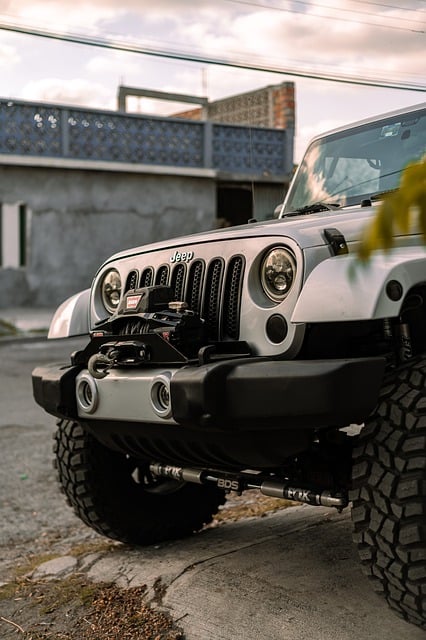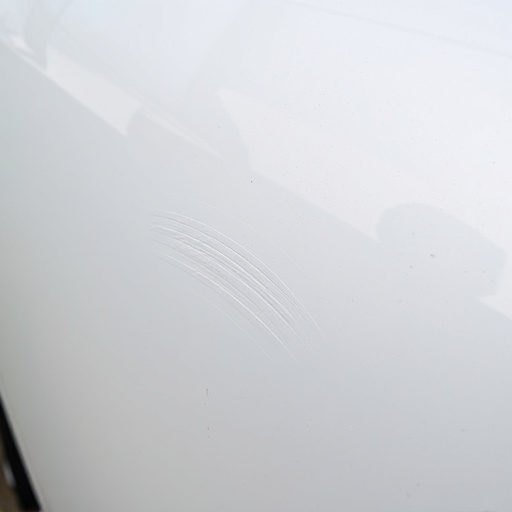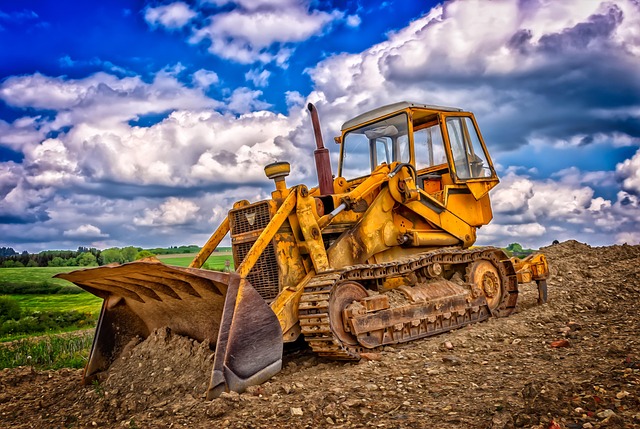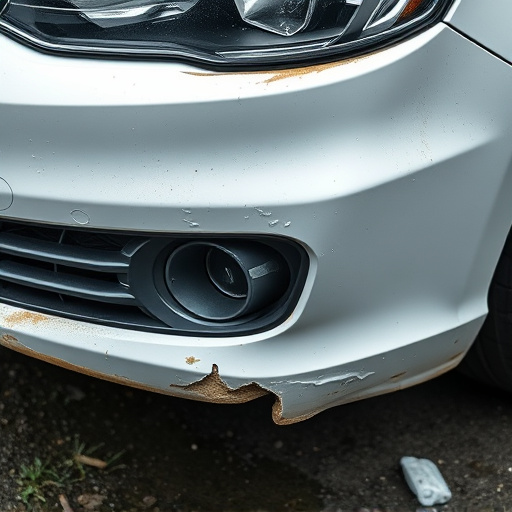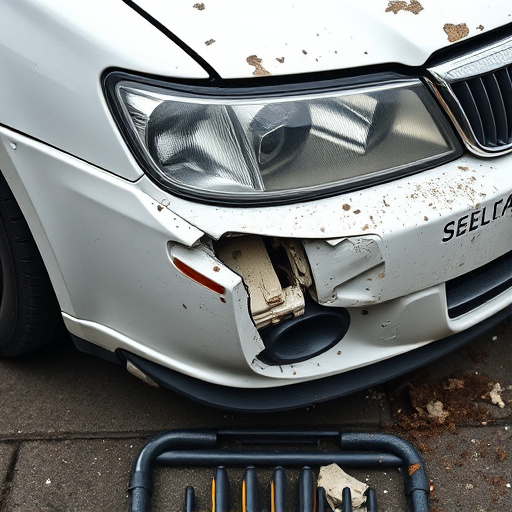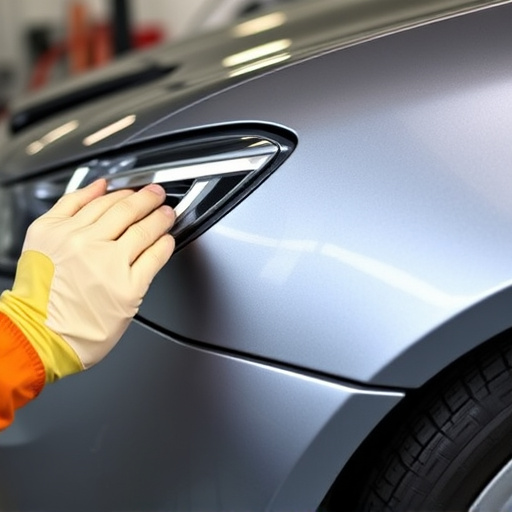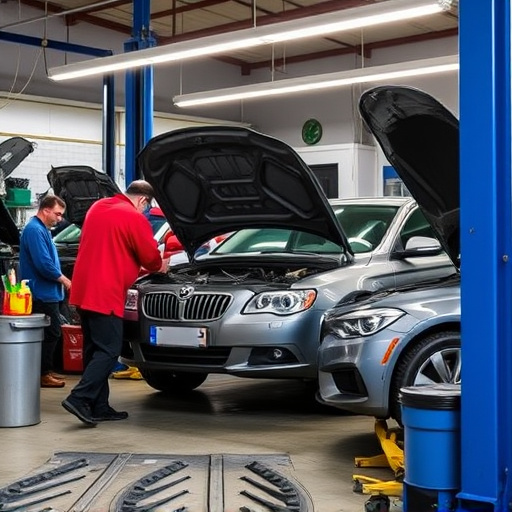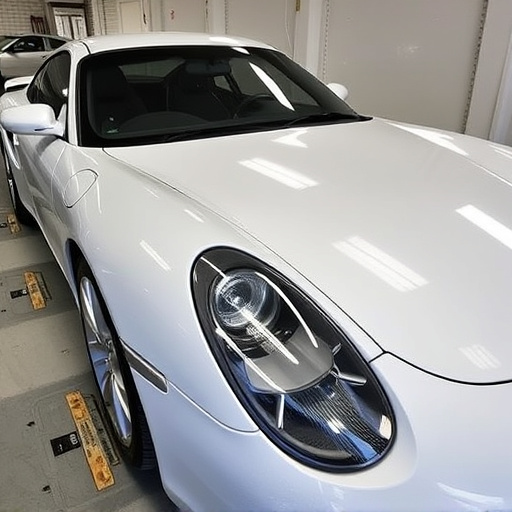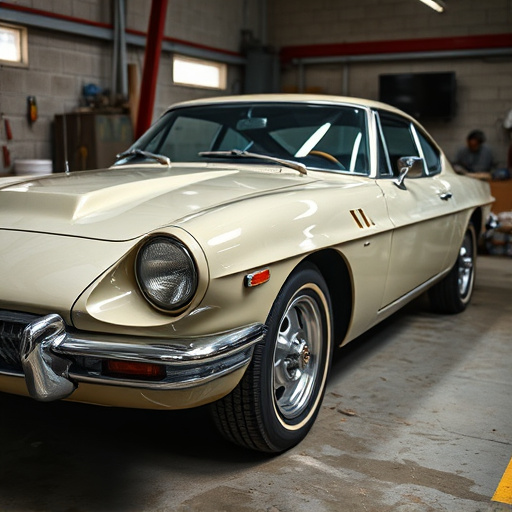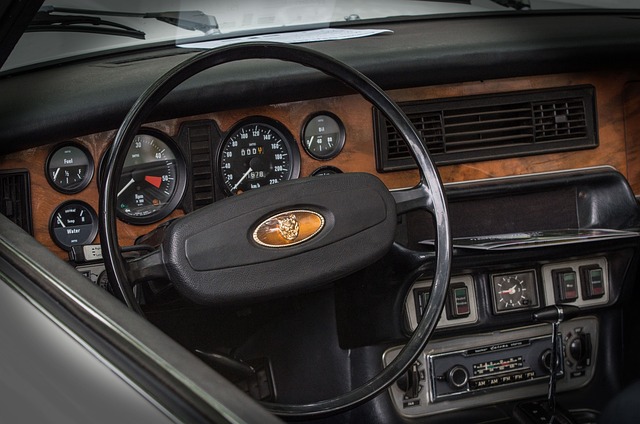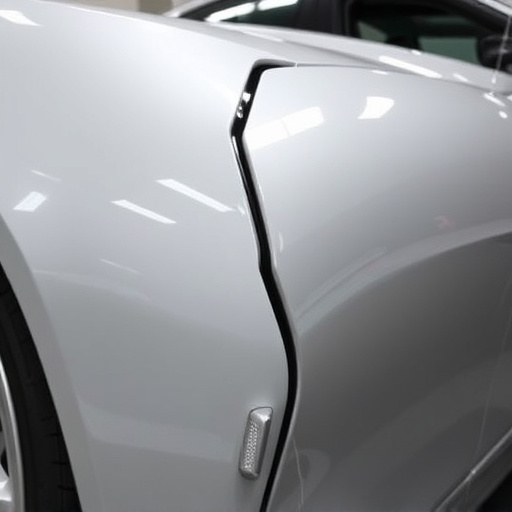A structural repair warranty protects vehicle owners from unforeseen structural issues during specific repairs like restoration or glass replacement, covering essential components like chassis and body panels. Exclusions include routine maintenance, accident damage, neglect, natural disasters, poor construction, and cosmetic repairs. Policies focus on structural integrity and safety; thorough review ensures maximum benefits alongside insurance coverages for comprehensive protection. Collaboration among owner, insurer, and reputable repair companies facilitates faster claims, high-quality work, and peace of mind.
A structural repair warranty is an essential component of homeownership, offering peace of mind by covering unexpected costs associated with critical repairs. This guide delves into the intricate relationship between structural repair warranties and insurance policies. We’ll explore how these guarantees protect homeowners from substantial financial burdens, ensuring stability during unforeseen structural issues. Understanding the coverage, integration process, and common exclusions is crucial for making informed decisions regarding your property’s long-term maintenance.
- Understanding Structural Repair Warranty Coverage
- Integrating Warranty With Insurance Policies: Steps Involved
- Common Exclusions and Limitations in Structural Repair Warranties
Understanding Structural Repair Warranty Coverage
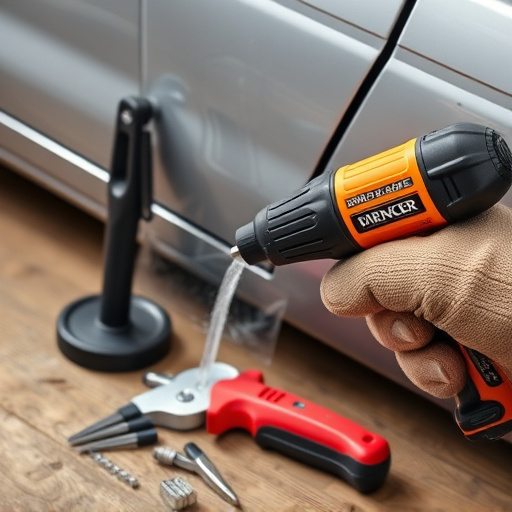
When it comes to structural repair warranties, understanding the coverage is key for any vehicle owner. This type of warranty is designed to protect against unforeseen structural issues that may arise during specific types of repairs, such as classic car restoration or auto glass replacement. It’s not a substitute for traditional insurance policies, but rather an additional layer of protection.
The scope of this warranty typically includes essential components like chassis, body panels, and major structural elements. For instance, if a garage performing a vehicle restoration uses faulty parts or fails to adhere to industry standards during the repair process, the structural repair warranty could cover the costs associated with fixing these issues. However, it’s important to note that not all repairs are covered; policies usually exclude routine maintenance or damage caused by accidents or neglect. Thus, while it enhances peace of mind, careful consideration and understanding of the terms and conditions are essential for maximizing its benefits, especially when comparing it to coverages offered by insurance providers during a vehicle’s lifecycle, including any previous or subsequent auto glass replacement or vehicle restoration work.
Integrating Warranty With Insurance Policies: Steps Involved
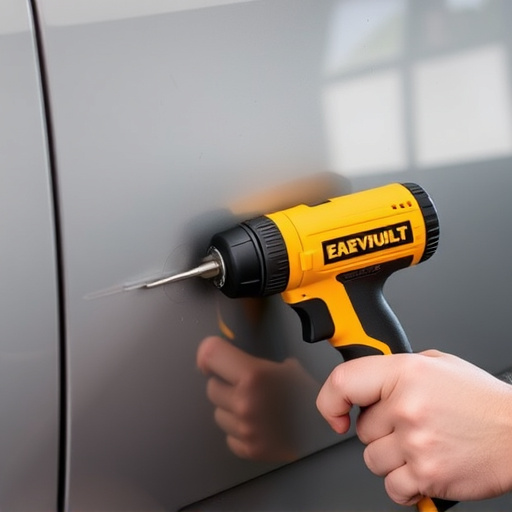
Integrating a structural repair warranty with insurance policies is a strategic process designed to offer comprehensive protection for both property owners and service providers. The first step involves understanding the specific needs and requirements of the policyholder. This includes assessing the scope of coverage needed, such as repairs related to storms, earthquakes, or normal wear and tear. Once determined, the structural repair warranty should be tailored to complement the insurance policy, ensuring no gaps in protection.
The next crucial step is collaboration between the property owner, insurance carrier, and a reputable structural repair company. The auto repair shop or body shop services provider must be licensed and experienced in handling structural repairs. They will work with the insurance company to evaluate the damage, provide an estimate for repairs, and ensure that all necessary documentation is in order. By seamlessly integrating these processes, policyholders can benefit from faster claim settlements, high-quality repairs, and peace of mind knowing their investment is safeguarded.
Common Exclusions and Limitations in Structural Repair Warranties
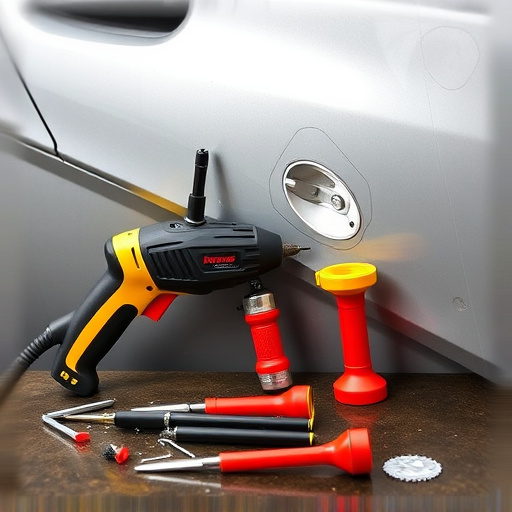
Structural repair warranties are designed to offer peace of mind during renovation or reconstruction projects, but it’s crucial to understand their limitations. While these warranties aim to cover significant structural issues, they often come with certain exclusions and limitations. Some common exclusions include damage caused by natural disasters like earthquakes, floods, or severe storms, as well as issues arising from poor initial construction or inadequate maintenance.
Additionally, warranties may not extend to cosmetic repairs or enhancements, such as fender repair in classic car restoration projects. They typically focus on structural integrity and safety. Moreover, auto repair services that are not directly related to structural elements might not be covered under a structural repair warranty. Always review the policy details carefully to ensure you understand what is and isn’t guaranteed.
A structural repair warranty serves as a crucial safety net, complementing insurance policies by covering unforeseen issues that may arise during repairs. By understanding the coverage, integrating it with insurance, and being aware of exclusions, homeowners can ensure comprehensive protection for their properties. This strategic approach leverages the strengths of both warranties and insurance, ultimately fostering peace of mind and financial security.


